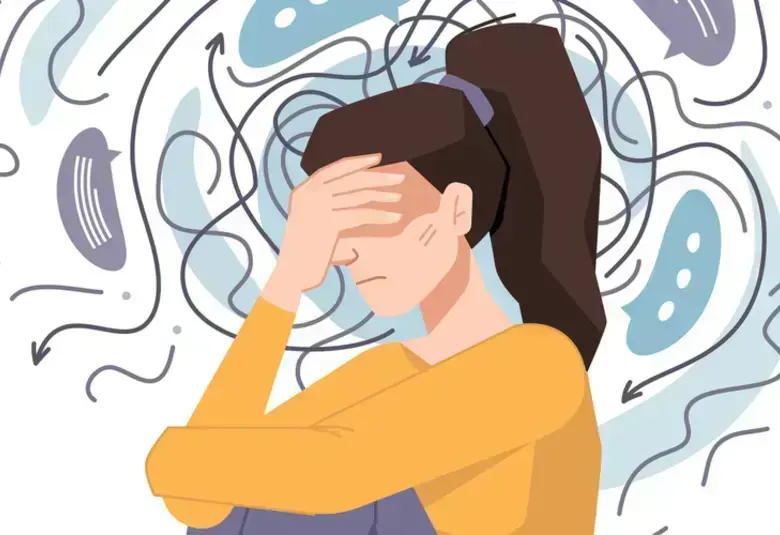Medication overuse headache is common, but much is still not clear about its precise prevalence among patients with migraine, why it occurs and how best to manage it. Expert insights into current knowledge on its pathophysiology and management were presented at IHC2021.
Medication overuse headache (MOH) in population studies generally refers to headache at least 15 days/month associated with overuse of acute medication, explained Professor David Dodick, Phoenix, AZ.2 It has a 1-year prevalence of 1–2% in the general population and is more common in women than in men.3
Acute medications vary in their risk of inducing MOH1
Medication overuse among people with migraine
The prevalence of medication overuse among people with migraine is unknown, said Professor Dodick. A cross-sectional survey of 13,649 US adults with migraine (the MAST study) has, however, revealed that 15% of people with migraine met the criteria for acute medication overuse; and frequent headache was a powerful risk factor.1
Frequent headache is a powerful risk factor
The MAST study also revealed that compared to people not overusing medications, people with acute medication overuse were significantly more likely to be taking each class of acute migraine drug but significantly less likely to be taking nonsteroidal anti-inflammatory drugs.1
How might sustained acute medication induce headache?
Understanding the biology of MOH will lead to more effective preventive and treatment options, said Professor Dodick. Views on MOH pathophysiology vary,4 but preclinical models of MOH have demonstrated pathophysiology linked to sustained acute medication as follows:
Preclinical models of MOH have demonstrate pathophysiology linked to sustained acute medication
- Increased susceptibility to cortical spreading depression5
- Long-lasting alterations in descending pain modulation after prolonged exposure to migraine treatments followed by acute nociceptive stimulation6
- Changes leading to latent peripheral and central sensitization7
Treatment of MOH must be individualised
Professor Michael Marmura, Philadelphia, PA, highlighted that patients with migraine have different migraine and medication histories and that the treatment of MOH must be individualised.
Patients with migraine have different migraine and medication histories
He also outlined the European Academy of Neurology guidelines for the management of MOH, which recommend a multifaceted approach that may involve a multidisciplinary team of neurologist or pain specialist and behavioural psychologists and the following strategies:
- Patient education and counselling
- If education is not effective, withdrawal of overused medications and preventive treatment with medications of proven efficacy
- If no response to preventive therapy, medication withdrawal8
Psychoeducation and withdrawal from acute medication
Treatment of MOH with psychoeducation and withdrawal from acute medication was discussed by Professor Christofer Lundqvist, Oslo, Norway.
Regular contact with patients can help with medication withdrawal and prevent relapse
He highlighted:
- A brief intervention providing information about the possible role of medication overuse significantly reduced the mean number of medication days and improved headache9
- Withdrawal of medication is followed by a short period of worsening headache, but this is then followed by fewer headaches, fewer medication side-effects, lower costs, easier to choose prophylactic medication and better effect of prophylactic medications
- The Severity of Dependence Scale (SDS)10 can be used to differentiate patients for treatment with a brief intervention (SDS score ≥5) from those who need only preventive information
- The importance of reassuring patients that they will be supported throughout and followed up to avoid relapse
This satellite symposium was sponsored by H. Lundbeck A/S.
For the latest updates on sea.progress.im, subscribe to our Telegram Channel https://bit.ly/telePiM
Our correspondent’s highlights from the symposium are meant as a fair representation of the scientific content presented. The views and opinions expressed on this page do not necessarily reflect those of Lundbeck.




